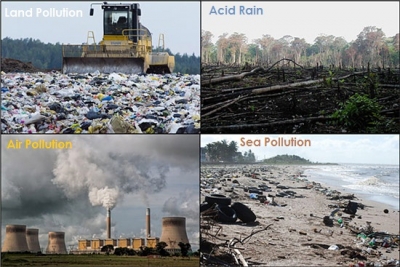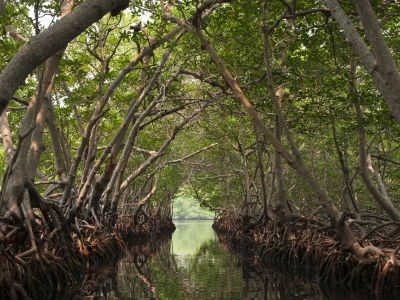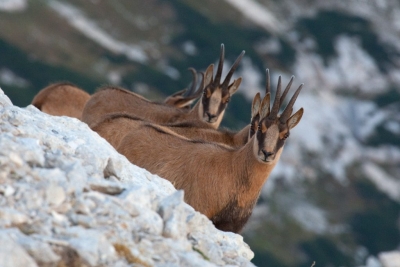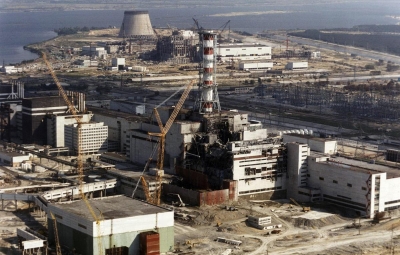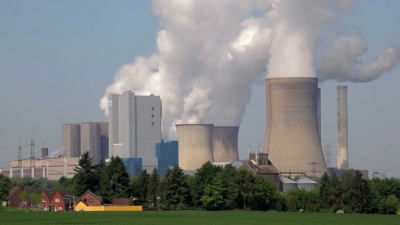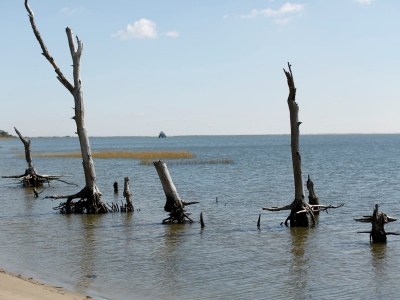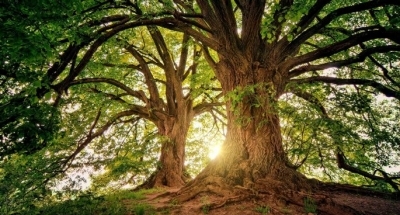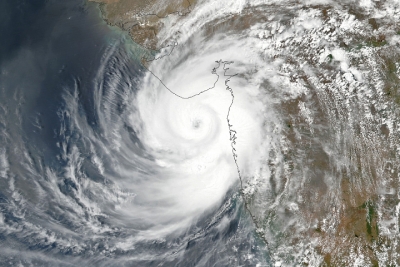Are trees affected by noise?
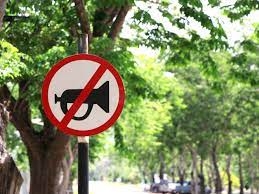
Noise from construction, industry, and the building of infrastructure such as roads and pipelines has increased dramatically in the recent years, and with urban growth, human establishments such as industries are being set up closer to forests. Scientists have been documenting how animals and birds respond to a noisy world - some birds sing at higher frequencies: bats have trouble finding prey: frogs struggle to find mates; and whales vocalise louder to communicate with each other. A recent study has shown how these effects trickle down to trees and plants, even after the sources of excess noise are removed. Scientists suggest that noise pollution can pose long-term risks that could change the habitat for a whole plethora of species.
Taking a toll
- Noise pollution is an unwanted or disturbing sound that can interfere with normal activities for humans and wildlife.
- Excessive noise harms human health and interferes with people's daily activities. It can disturb sleep, cause cardiovascular and psychophysiological effects.
- Animals use sound for a variety of reasons, including to navigate, find food, attract mates, and avoid predators. Noise pollution makes it difficult for them to accomplish these tasks, which affects their ability to survive.
How is vegetation affected?
Many plants and trees rely on birds and animals to carry their pollens to other flowers or to disperse their seeds, but noise pollution scares off these species. In order to adapt to noise, they change their behaviour or move to quieter places. This, in turn, affects vegetation.
Disruption of an ecosystem
- Researchers in the U.S. looked at tree populations in New Mexico that had been exposed to a high level of artificial noise created by natural gas wells in the region. The researchers looked at two species of trees namely the pinyon pine and the Utah juniper. They built upon research they had already done, which showed that westem scrub jays avoid noisy areas. (This, in turn. encouraged its prey species black-chinned hummingbird to build its nests and thrive despite the noisy environment).
- In 2007, the researchers found that noise pollution from the gas wells disrupted seedling dissemination and germination of the pinyon pine and the juniper. This was most likely due to the noise driving away the scrub jay, which disperses the seeds of the former tree species. and small mammals that disperse the seeds of the latter. They also found 75% fewer pinyon pine seedlings in noisy sites than quiet ones.
- Twelve years on, researchers sought to assess the long-term ecological impact of this noisy ecosystem. In the meantime, some of the gas wells and other industries in the region had shifted base. The researchers found that pinyon pine and juniper trees were found less in regions where there were more gas wells and more noise (in line with the 2007 findings) and their saplings were also less abundant in these regions.
- However, in the areas that were previously noisy but turned quiet. there was a difference. There were more saplings of juniper than pinyon pine, suggesting that species (mice and other small mammals) that spread the seeds of juniper have returned, whereas those of pinyons (jay birds) have not.
- Researchers pointed out that birds such as the scrub jay that are sensitive to noise learn to avoid particular areas. They have episodic memory and they can remember negative experiences. So if they did explore an area a couple of years ago and if it's noisy, then they would remember that and not go back to that area.
- The study thus pointed out that removal of the noise doesn't necessarily immediately result in a recovery of ecological function. While some plants do recope, others don't, depending on how the community of creatures around them changes. This can alter the entire ecosystem in the region. For instance, the absence of scrub jays could lead to the thriving of black-chinned hummingbirds, which, in fact, pollinate flowering plants. Perhaps, there will be more flowering plants than the pinyon pine in this region.
Picture Credit : Google
